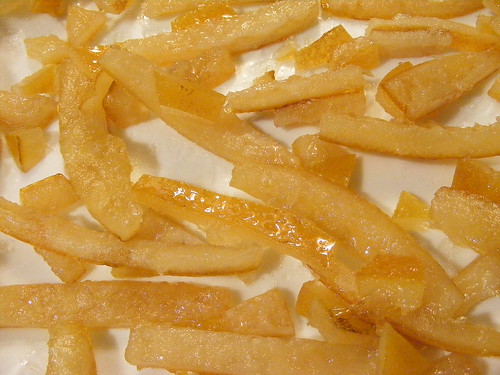Are you planning to host a Thanksgiving dinner? Do you know how much food to buy? Planning out a Thanksgiving dinner can be challenging. Since the Thanksgiving holiday is about plenty, you want to avoid running short. This can lead to making way too much food and eating leftovers for two weeks. Below are a few tips to help you.
I’m a retired engineer. I switched to the food preparation business ten years ago and can’t help but bring my engineering mindset with me. I study and learn every technique I can and study the chemistry of cooking. While I frequently cook things that I make up on the spot, for anything serious I like to have numbers and measurements. Below are some numbers you can use.
A Thanksgiving Spread
Turkey: 1 pound of bird (uncooked) per person, and you will have leftovers.
Dry mix stuffing like Stove-Top: 1 ounce dry mix per person
Potatoes for mashing: 6 oz (raw) per person or 3/4 of a large potato
Sweet potatoes: 6 oz (raw) per person
Canned cranberry sauce: 4 oz per person
Pie: 1 piece per person
Butternut squash: 7 oz (raw whole squash) per person
Brussels sprouts: 2.5 oz (raw) per person
Green beans: 4 oz (canned) per person
Extending the Above to 40 Persons
To extend the above numbers, multiply by the number of guests and round up to the next package size. Thanksgiving usually involves a lot of baking. If you try to prepare all the food on Thanksgiving day, you’ll need several ovens. Remember that cooking the turkeys will occupy your oven(s) for much of the day. Prepare as much as you can the day(s) before and reheat it.
Of course, you don’t have to do all of the items below. Just pick the items you think your guests will like. You don’t have to do squash and sweet potatoes, or offer three different vegetables. These are just examples.
Turkey: 40 pounds. So four 10 pounders, three 14 pounders, etc.
Dry mix stuffing: 40 ounces dry, so seven boxes. A lot of people go heavy on stuffing and it’s cheap and easy, so having extra won’t hurt. I’ve found the in-house brands like Walmart are just as good as the big name product and cost half as much.
Potatoes for mashing: 240 ounces raw. So 15 pounds of russets, peeled, cooked, mashed, and prepared as you like with milk, butter, salt, pepper, garlic, etc.
Sweet potatoes: 240 raw ounces. So 15 pounds prepared as you prefer.
Canned cranberry sauce: 160 ounces, so ten or twelve 14 oz cans. These could be split between cranberry jelly and whole cranberry sauce. Some people like one and not the other.
Pie: 40 pieces. For big pieces you’ll need seven pies, smaller pieces, 5 pies.
Butternut squash: 280 oz raw whole squash (17 pounds)
Brussels sprouts: 100 oz raw (6-1/4 pounds)
Green beans: 160 oz (canned), so ten or twelve 14 oz cans. When cooking raw whole beans, I figure six beans per person. A pound of raw beans is 35 to 40 beans. For 40 guests you need to cook about six pounds.
Conclusion
You can save money by buying larger cans. In supermarkets, verify that the larger container is actually cheaper. Many times I’ve seen a gallon jar of mayonnaise or other product priced higher than buying the same amount in several smaller jars.
Larger towns have stores that sell wholesale foods to churches and other organizations, and sometimes to the public. Here you can buy Number 10 cans (institutional size) that contain around 115 ounces, and save even more money.


Recent Comments